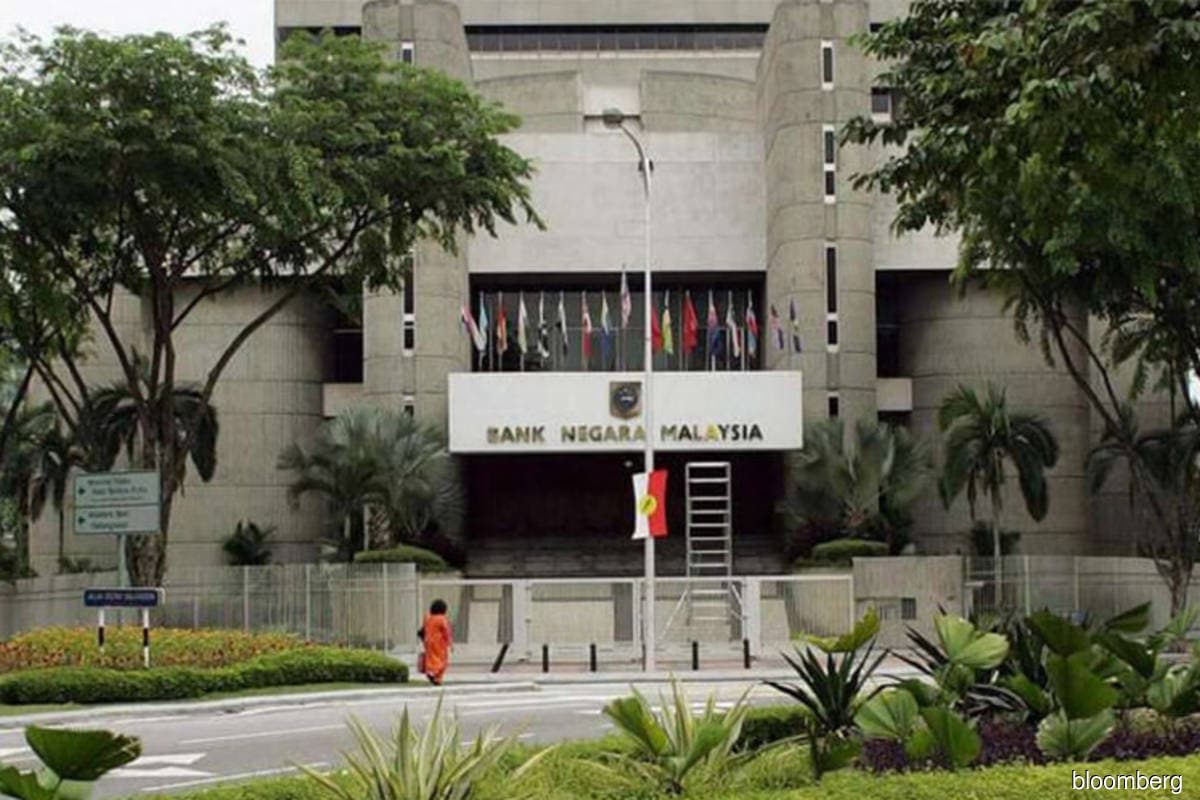
KUALA LUMPUR (Oct 14): Banks reported a marked decline in earnings from domestic banking activities during the first half of the year (1H20), weighed down by further margin compression and higher provisions for credit losses.
In its Financial Stability Review for 1H20, Bank Negara Malaysia (BNM) said annualised credit cost as a share of total outstanding loans rose significantly to 56 basis points (bps) — a level last seen during the 2008 global financial crisis — compared with low levels over the past decade which averaged at 20bps.
It added that banks were also impacted by a one-off contract modification loss due to the waiver of additional interest charges for hire-purchase loans and fixed rate Islamic financing under repayment moratorium measures. This further compressed narrowing margins from successive overnight policy rate (OPR) cuts.
However, banks’ earnings were cushioned by trading and investment income as they recorded gains from the sale of debt securities and fair value changes amid declining yields.
In terms of banks’ return on equity (ROE) and return on assets (ROA), both declined. The ROE for the banking sector fell to 10% in 1H20, from 13% in 2H19, while the ROA slipped to 1.2% from 1.5% during the same periods.
Notwithstanding that, BNM said banks also continued to pursue measures to improve cost efficiency to support profitability, including reviewing the timing of non-critical expenditure, renegotiating vendor contracts and accelerating ongoing digitisation efforts.
Despite a marked decline in earnings reported for 1H20, the central bank said banks remained well capitalised throughout the period, with aggregate capital buffers amounting to RM121.6 billion as at June 2020.
In anticipation of a more challenging economic outlook, banks shored up their buffers, either through new capital issuances or dividend reinvestment plans. Most banks also reduced or deferred dividend payouts to shareholders.
“Underpinned by healthy buffers, the banking system continued to be well positioned to support credit flows to the real sector as the economy gradually began to recover.
"Banking system loans recorded an annual growth of 4.1% as of June 2020, mainly driven by growth in outstanding business loans in the wholesale and retail trade, hotel and restaurant, and manufacturing sectors,” it said.
Following gradual relaxation of the movement control order (MCO), BNM noted that high disbursements for working capital needs were recorded in June.
There was also strong demand for loans under the Special Relief Facility (SRF) and other targeted funds for small and medium enterprises (SMEs) established by the central bank. Financing conditions were further supported by lower borrowing cost following recent monetary policy easing.
In contrast, demand for financing by households was generally weaker, reflecting more uncertain income and employment prospects.
Banks expect some recovery in household loan growth in 2H20 amid low borrowing cost and improving labour market conditions.
Read also:
BNM says banks’ solvency over the next 12-18 months will depend on these factors
Banks’ credit costs to rise to RM29b in 2020, 2021
For more BNM Financial Stability Review stories, click here.
